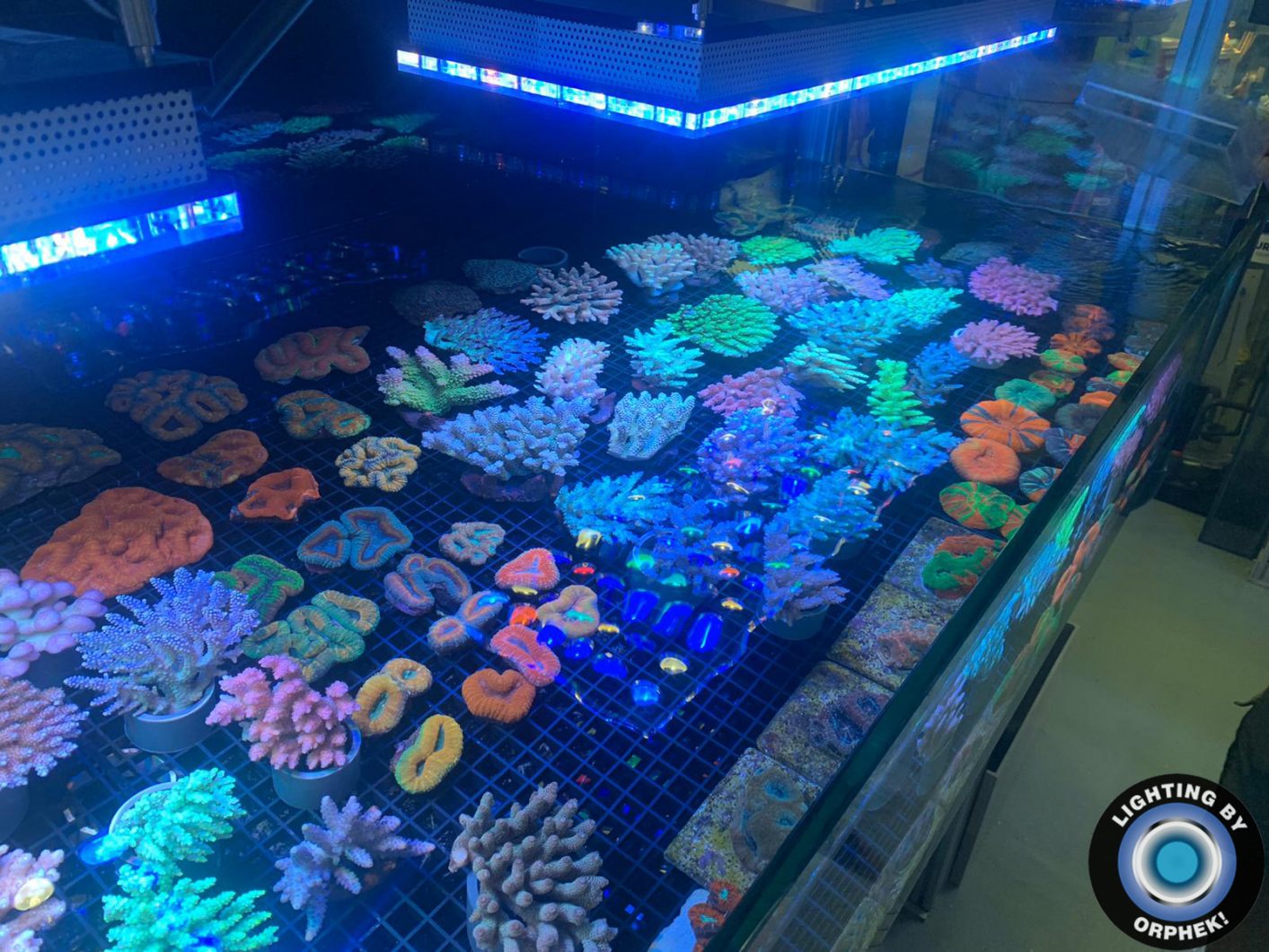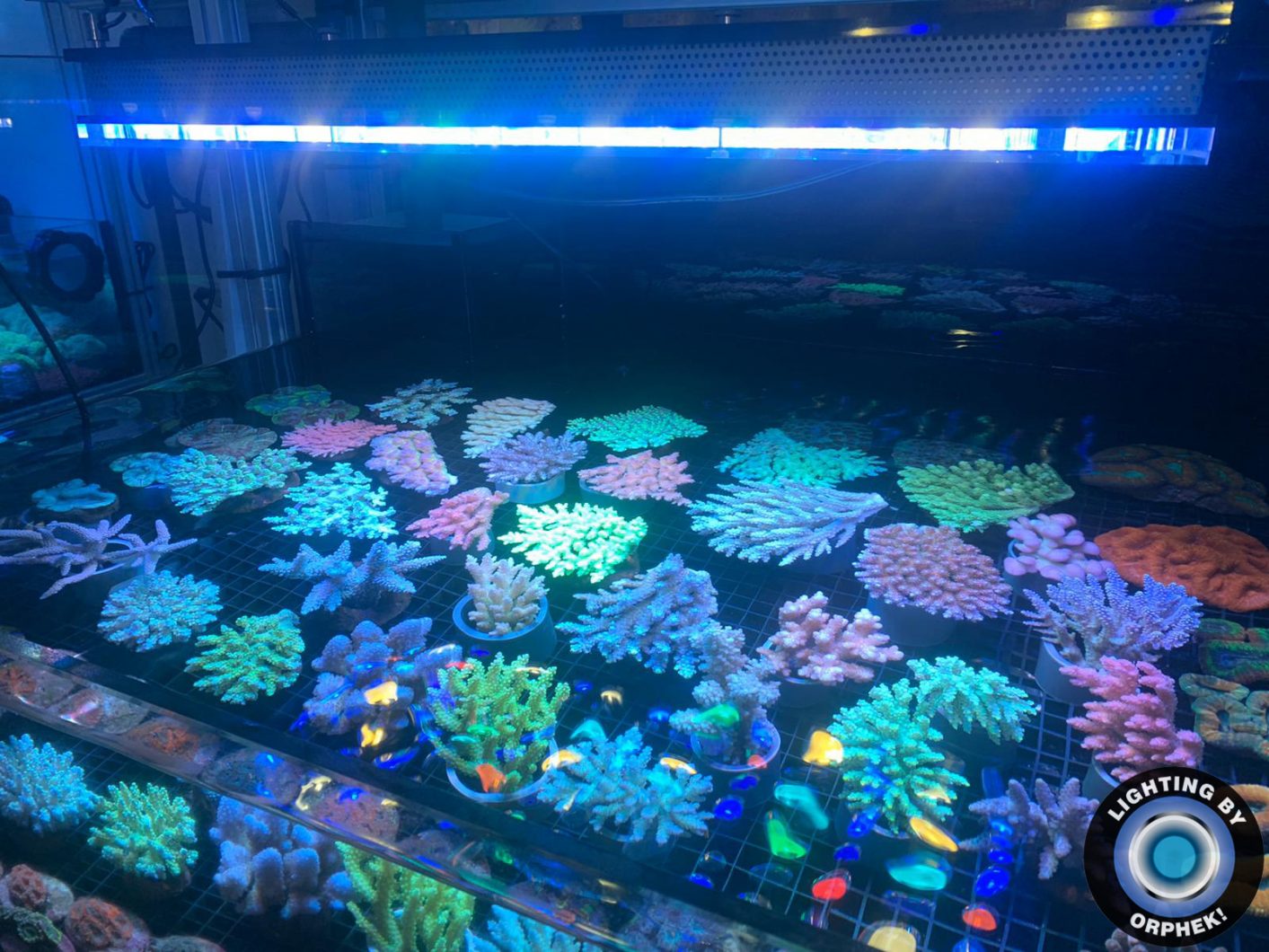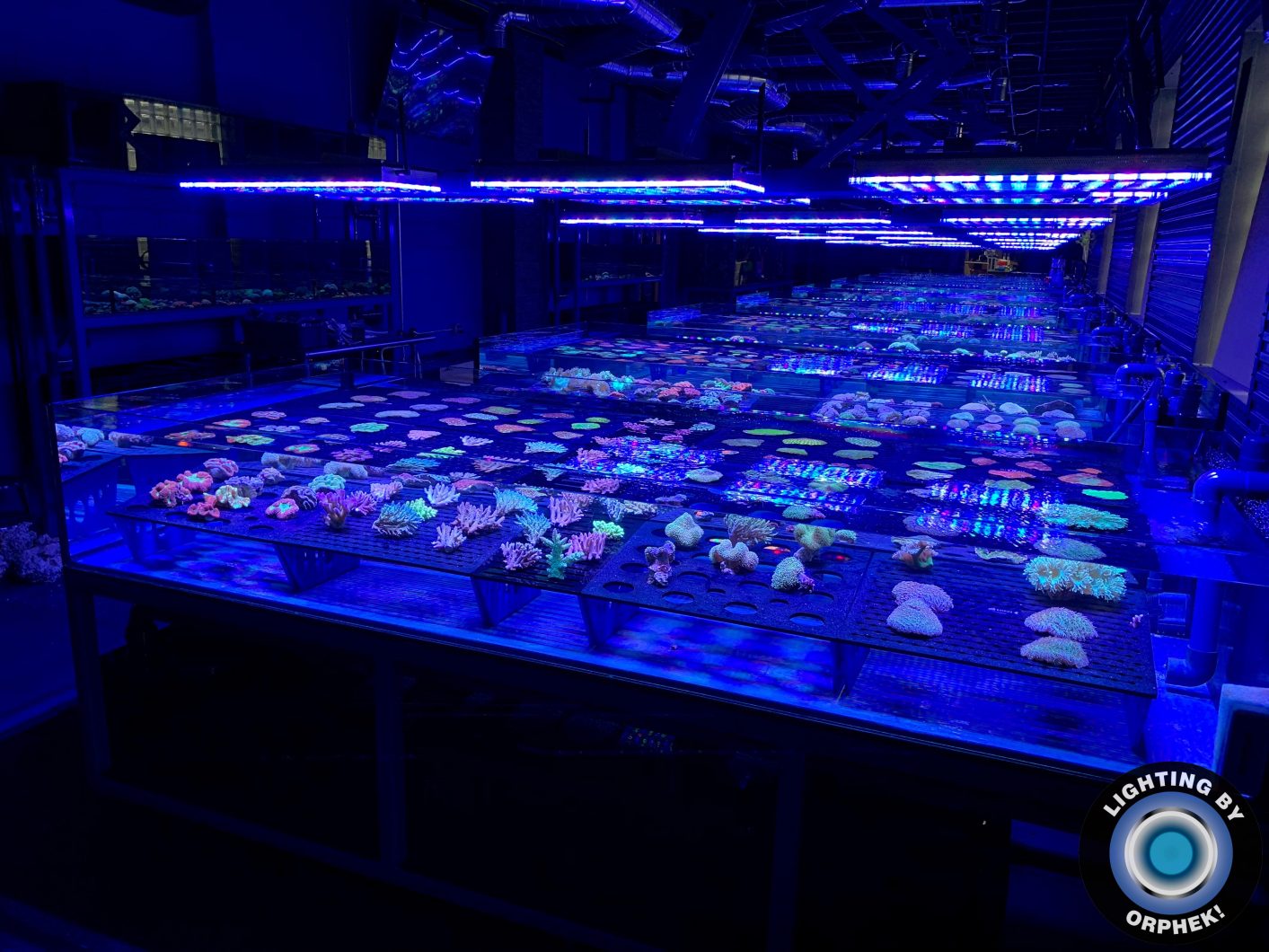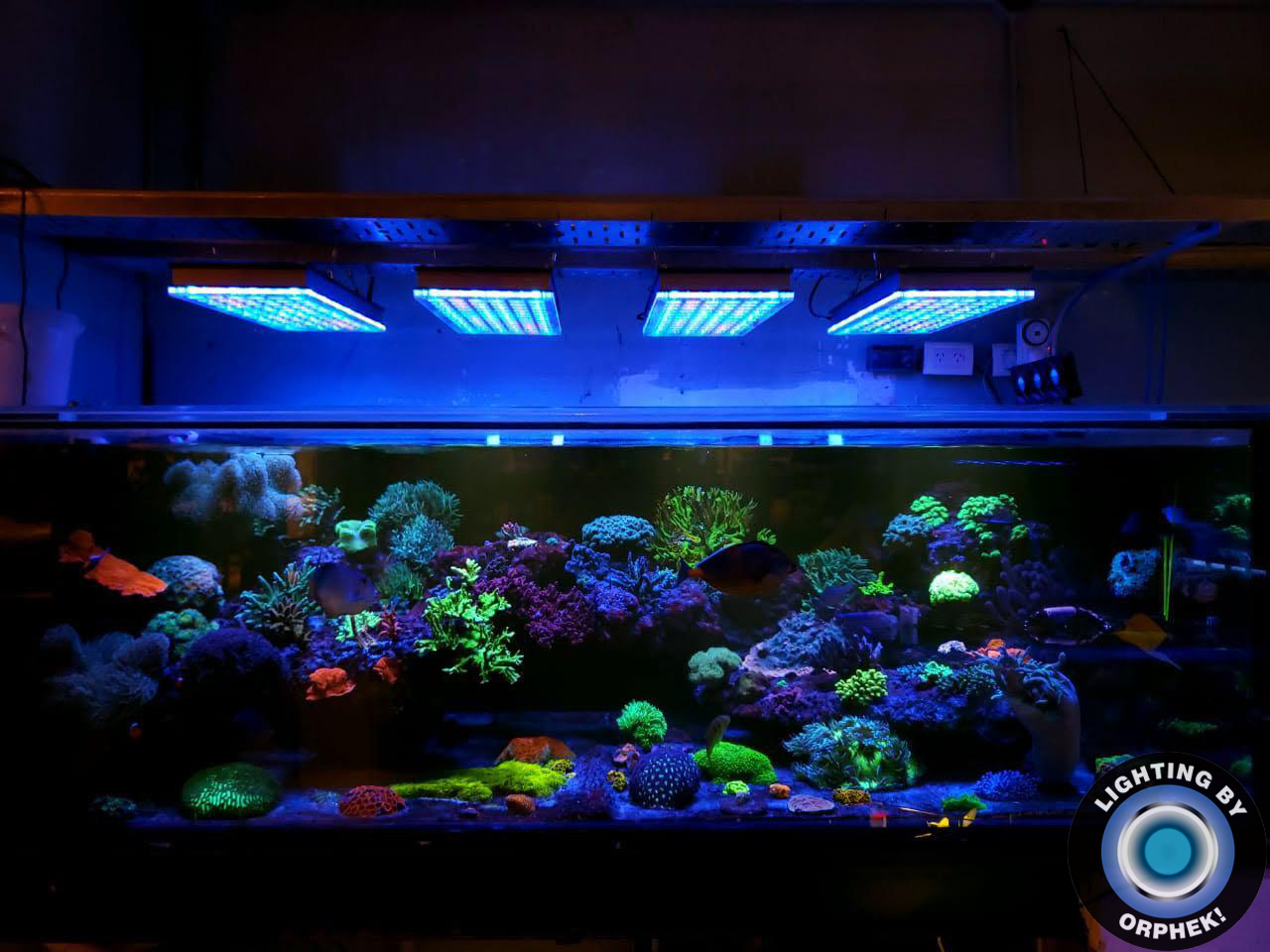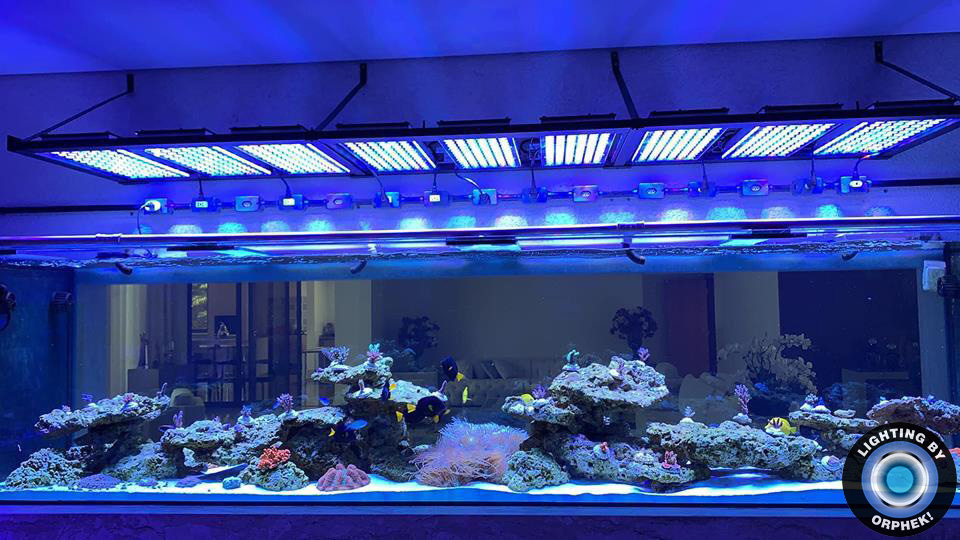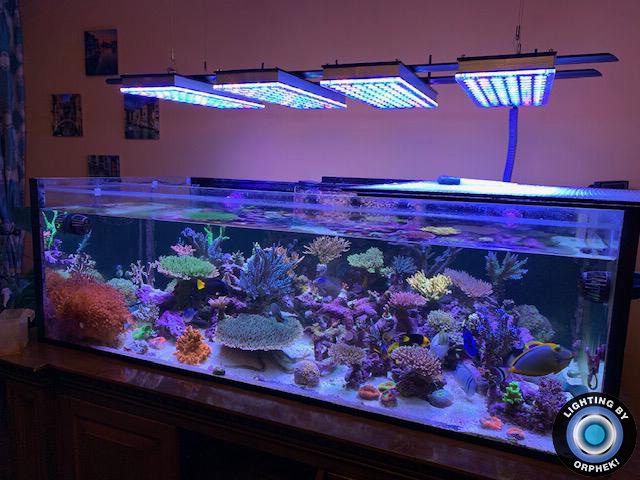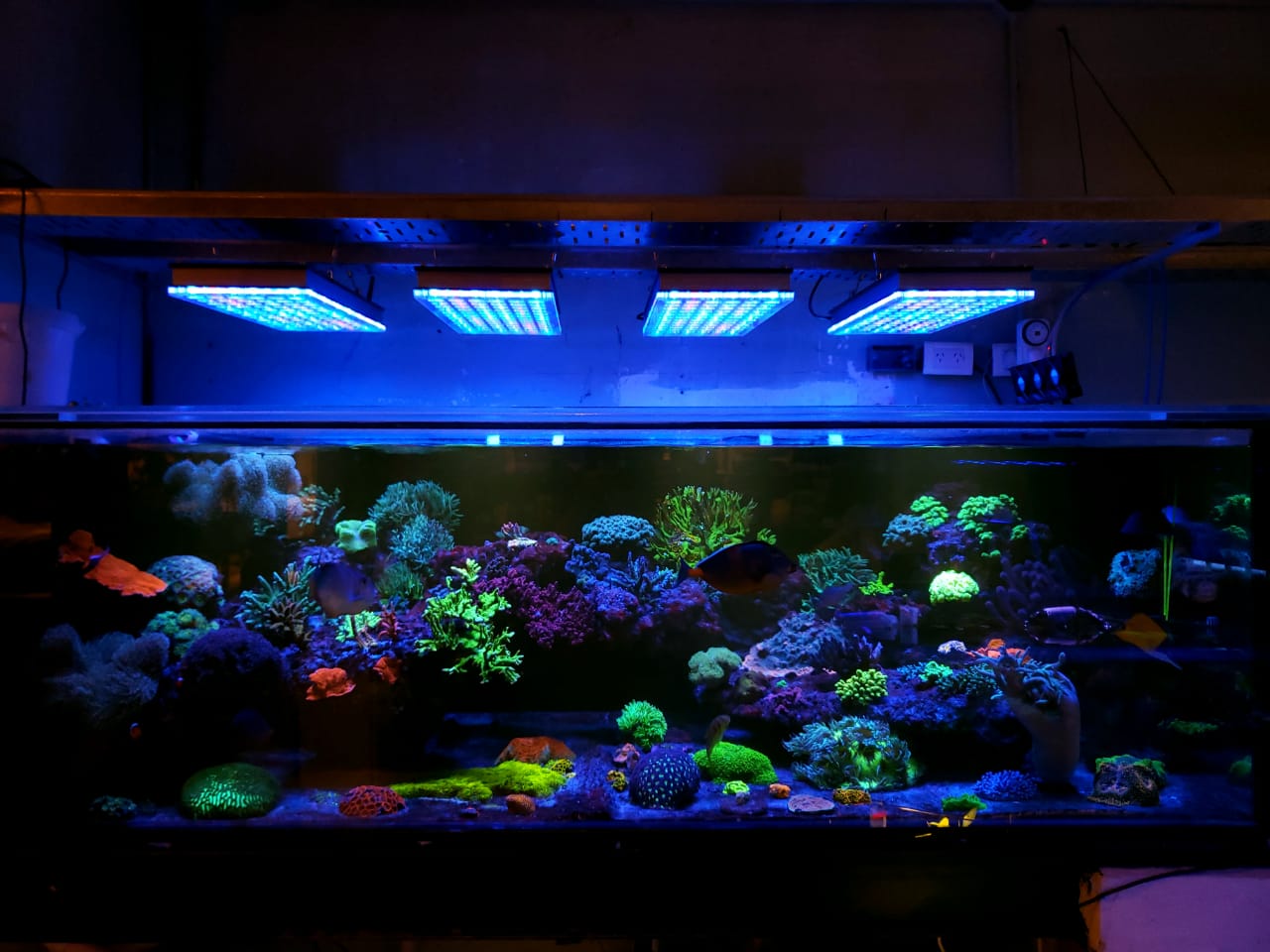By Dana Riddle/ Part 12
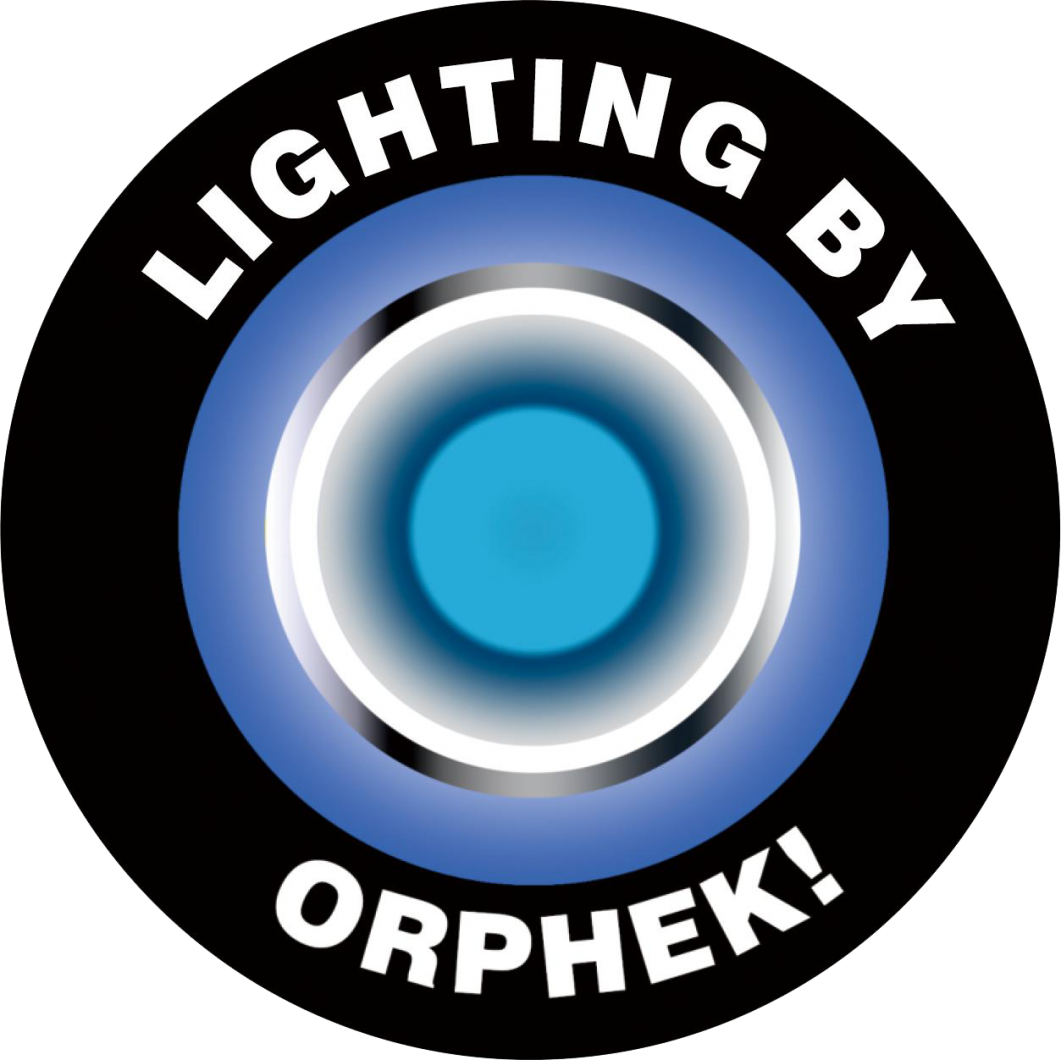
I had the pleasure of living on the Big Island of Hawaii for 18 years and took every opportunity to study the coral reefs there.
One of the projects involved taking light measurements at various depths. This might sound like an easy task, but it wasn’t.
The ocean had to be relatively calm as these were shore dives. Excessive wave action would make entering the water a dangerous proposition and would have also made the water turbid.
I had to be in the water suited in SCUBA gear at noon on a clear day near the summer solstice. I used an Apogee Instruments’ quantum meter in a custom-built underwater housing and used the depths reported by my dive computer.
After repeated attempts, I finally had some useful data.
The ocean water off the western coast of the Big Island is some of the clearest (technically ‘least turbid’) in the world. There are no rivers or streams entering the ocean there and the water is classified by the Swedish scientist N. G. Jerlov as Type I Oceanic water hence the light intensity is close to the maximum experienced by corals. See Figure One.
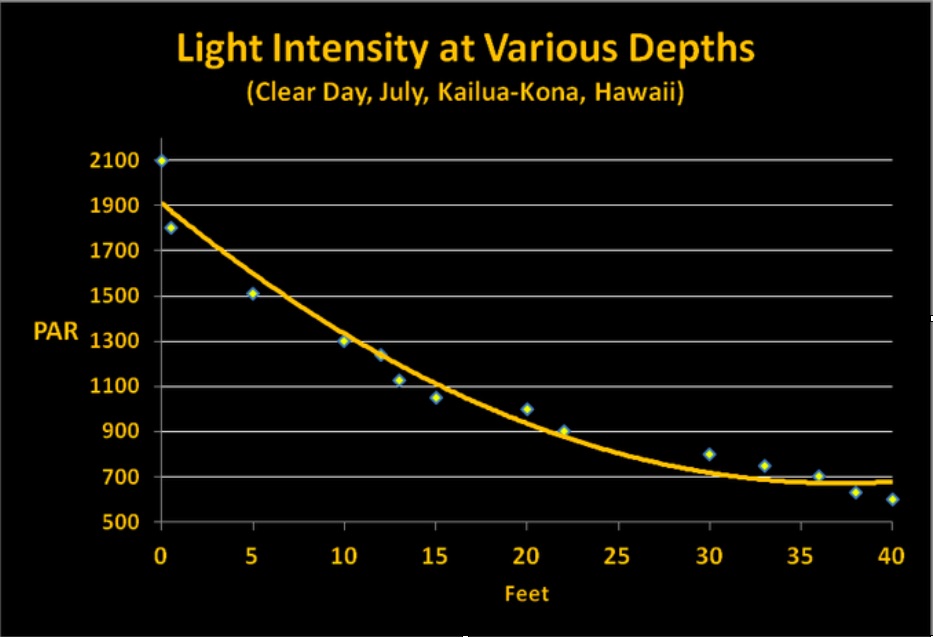
While this is interesting, we can further refine data. The July photoperiod in Hawaii is about 13 hours.
If we use the maximum light intensity and start and end with zero light intensity, we can estimate Photosynthetic Photon Flux Density (PPFD) throughout the day. See Figure Two.
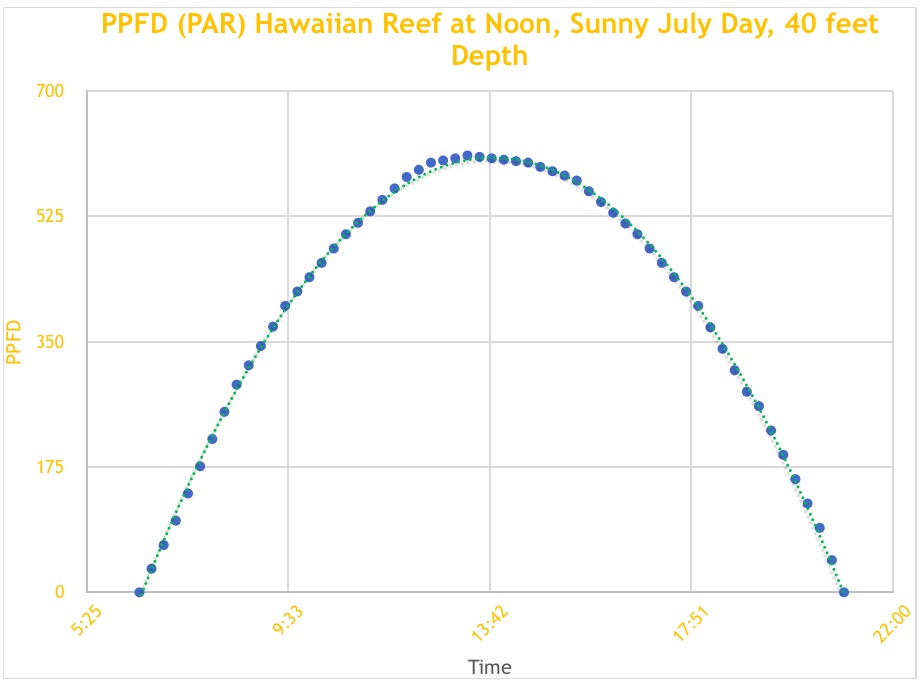
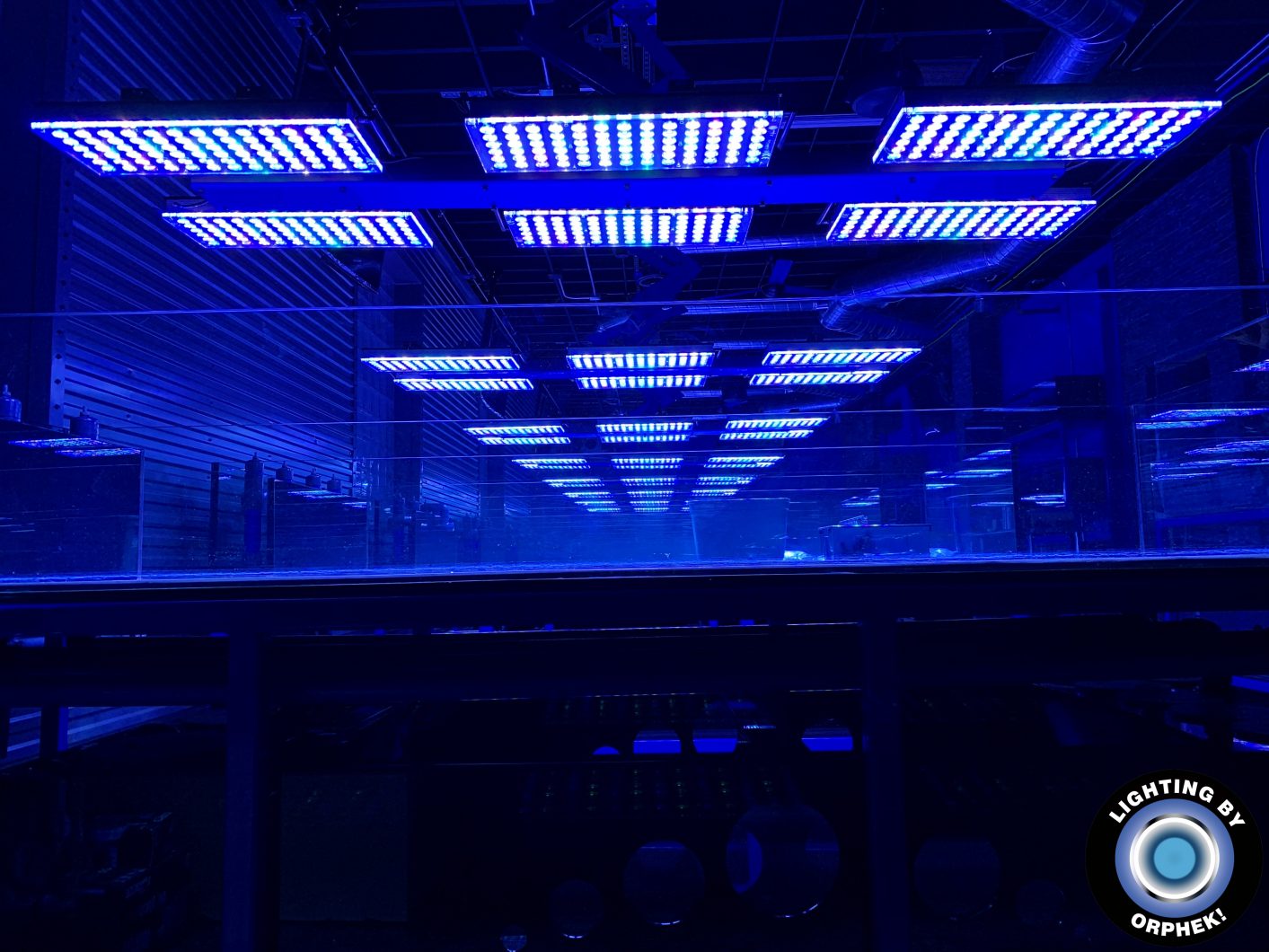
The next step is calculating the Daily Light integral (DLI). While a PAR meter reports the number of photons falling upon a surface in one second, a DLI calculates the total number of photons falling upon that surface during the entire photoperiod.
This was done by estimating the light intensity in 15-minute increments and multiplying the number of photos per second. (Example: 100 µmol˖m²˖sec * 60 seconds per minute * 15 minutes = DLI for that 15-minute photoperiod.)
This procedure was repeated for every 15-minute increment and summed. We arrive at a large number; hence it is divided by 1,000,000 to arrive at Mol photons per photoperiod and that number is 21.
Can we replicate this amount of light in an aquarium? We probably don’t want to since a PPFD value is above the Saturation Point of many zooxanthellae species/clades.
Using algebra, we work the DLI value backwards. I’ll use a photoperiod of 12 hours.
21 DLI * 1,000,000 = 21,000,000 divided by number of seconds in the photoperiod (126060 = 43,200) = 486 µmol˖m²˖sec.
It is entirely possible to provide the same amount of light to an aquarium coral as it would receive at 40 feet on a natural reef.But a cloudless day is a rarity in Hawaii.
Next time we’ll look at light intensity on a cloudy day.
Dana Riddle has been writing a series of articles regarding photosynthesis and the effects of variously colored Light-emitting Diodes.
If you have missed, please find here the link to PART 11 . You will find all the previous articles there if you wish to recapitulate or start following them.
